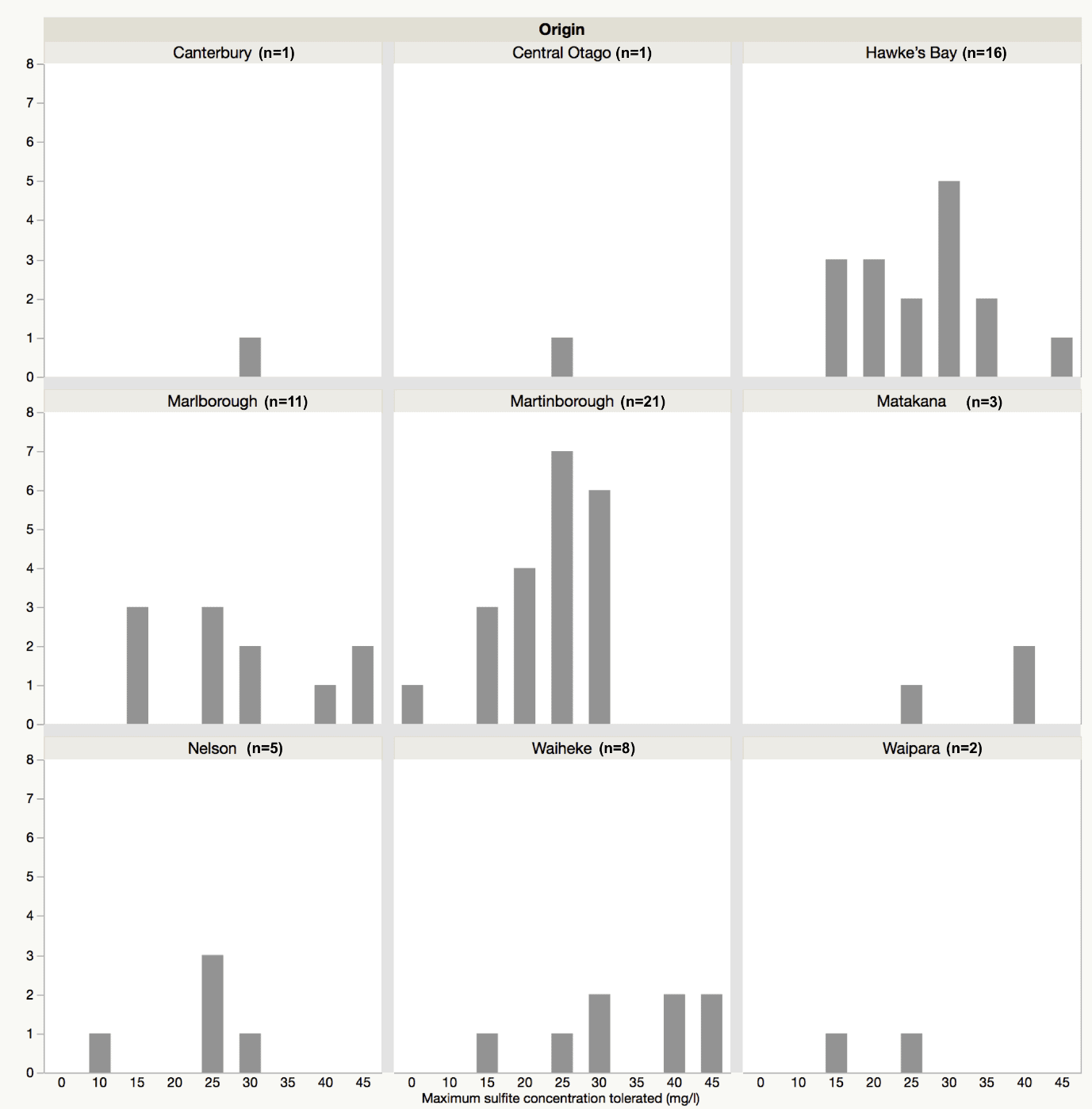Asst. Prof. Chris Curtin & Prof. Mat Goddard
Brettanomyces yeasts, responsible for imparting ‘phenolic, ‘barnyard’ and ‘medicinal’ off-aromas in red wine, are literally being put under the microscope by Prof. Mat Goddard at University of Auckland and Asst. Prof. Chris Curtin at Oregon State University in a New Zealand Winegrowers funded collaboration. The focus of this project is to generate knowledge of whether Brettanomyces isolated from various New Zealand wine regions are similar to one another, and to what extent they differ from strains observed in other countries.
Why do we need to know what Brettanomyces strains are present in NZ wine regions? Studies in Australia and Europe have shown that some Brettanomyces strains can tolerate 2-3 times higher sulfite concentrations than others, and in Australia ~90% of Brettanomyces isolates belong to a sulfite-tolerant strain group that was encountered in all Australian winemaking regions studied. While effective use of sulfite remains a critical component of any ‘Brett’ control strategy, additional measures may be required to retain control over sulfite-tolerant strain populations.
To achieve the aims of the project, Brettanomyces samples were gathered during the past year through partnership with Pacific Rim Oenology Services and Wineworks. In all, 154 confirmed Brettanomyces isolates have been obtained from 9 regions. While winery information was kept strictly anonymous, the sample set was reduced to avoid bias by random selection of a maximum of three samples from each (coded) source winery. The remaining samples are currently undergoing whole-genome sequencing to enable comprehensive identification of NZ Brettanomyces strains relative to international databases.
Sulfite tolerance of the NZ isolates has been assessed using a high-throughput method previously developed by Dr. Curtin during his time at the Australian Wine Research Institute. Using this method, a sulfite-tolerant strain can grow at up to 40-45mg/l free SO2 (or 0.8-0.9mg/l molecular SO2), whereas a sulfite-sensitive strain can grow at up to 10-15mg/l. Preliminary data on sulfite-tolerance observed for the NZ isolates is shown in Figure 1.

Figure 1. Distribution of sulfite-tolerance amongst NZ Brettanomyces isolates across regions.
Overall, 19% of isolates fall into the ‘sensitive’ category (0-15mg/L), and only 15% into the ‘tolerant’ category (40-45mg/L), with the remainder being intermediate in terms of sulfite tolerance. This distribution is strikingly different to that observed in Australia, where ~90% of isolates fall into the tolerant category. It remains to be seen whether this distribution is due to the presence of different strains in NZ, something that will become clearer upon completion of genome sequencing.
This article first appeared in the February / March 2018 issue of the New Zealand Winegrower magazine.

















